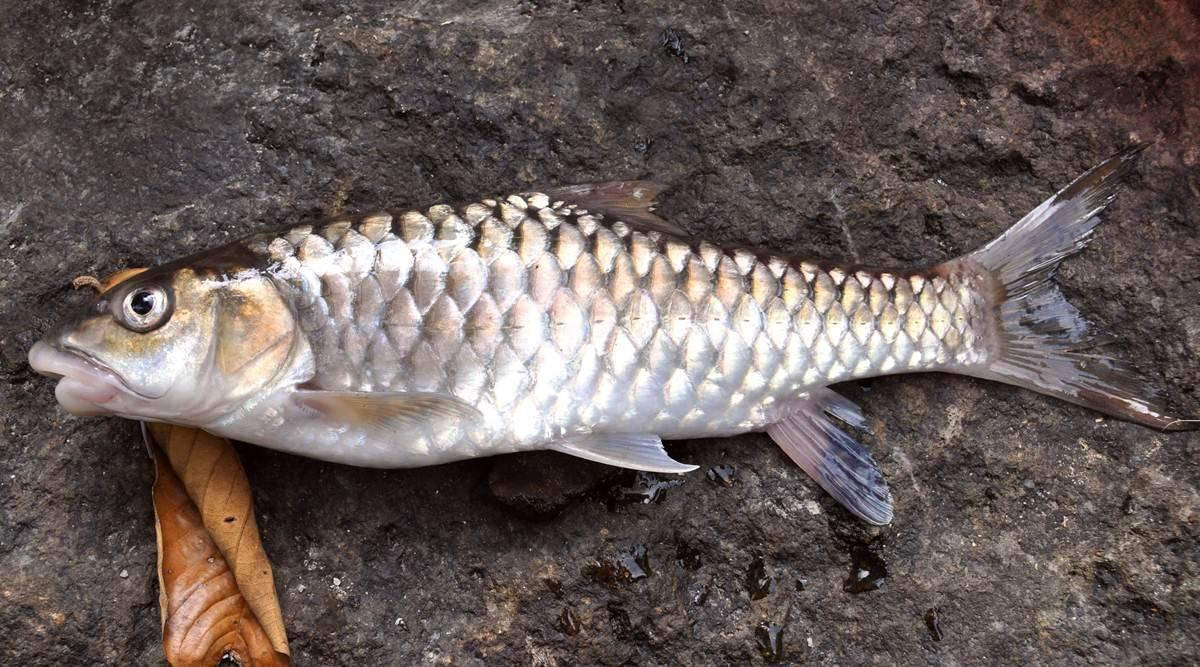Important Facts For Prelims
Blue-finned Mahseer
- 04 Jun 2021
- 3 min read
Why in News
Recently, the International Union for Conservation of Nature (IUCN) has moved Blue-finned Mahseer from Endangered to the Least Concern’ status on its Red List.
Key Points
- About:
- The Mahseer belongs to the genus Tor, of which there are several subspecies to be found in India and in other range countries in South Asia.
- The Blue-finned Mahseer or Tor Khudree is one of the subspecies of the Mahseer.
- Habitat:
- Mainly found in the Mota Mola river east of Pune. This species is also found in other rivers of the Deccan Plateau.
- The species is migratory; moving upstream during rains. It prefers clean, fast flowing and well oxygenated waters.
- Threats:
- Threatened by habitat manipulation, over harvesting and competition from other fish species.
- Significance:
- Freshwater Ecosystem Indicator:
- It is very sensitive to dissolved oxygen levels, water temperature and sudden climatic changes. It just cannot bear pollution.
- Cultural:
- They have cultural and religious significance as well as they are protected in ‘temple sanctuaries’ across India.
- Freshwater Ecosystem Indicator:
- Conservation Initiatives:
- Tata Power (private company) is involved in conservation of the blue-finned for 50 years in Lonavala (near Pune), Maharashtra.
- Protection status:
- IUCN Red List: Least Concern
International Union for Conservation of Nature
- About:
- IUCN is a membership union uniquely composed of both government and civil society organisations.
- Created in 1948, it is the global authority on the status of the natural world and the measures needed to safeguard it. It is headquartered in Switzerland.
- The Red List:
- The IUCN Red List of Threatened Species, is the world's most comprehensive inventory of the global conservation status of plant and animal species.
- It divides species into nine categories: Not Evaluated, Data Deficient, Least Concern, Near Threatened, Vulnerable, Endangered, Critically Endangered, Extinct in the Wild and Extinct.
- It is recognized as the most authoritative guide to the status of biological diversity.





